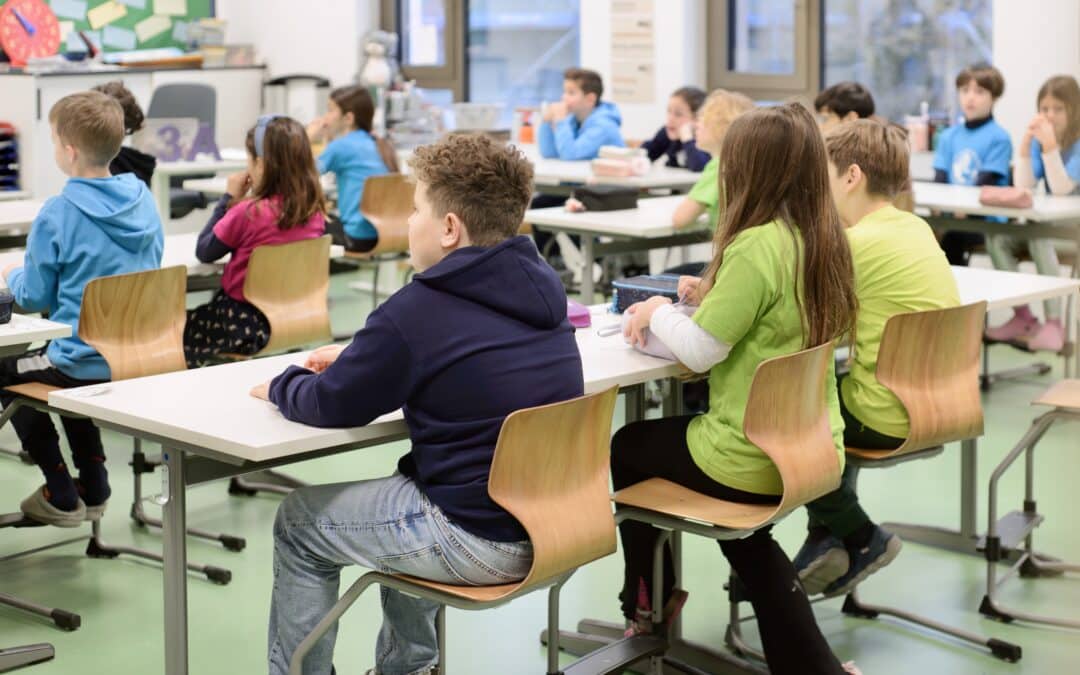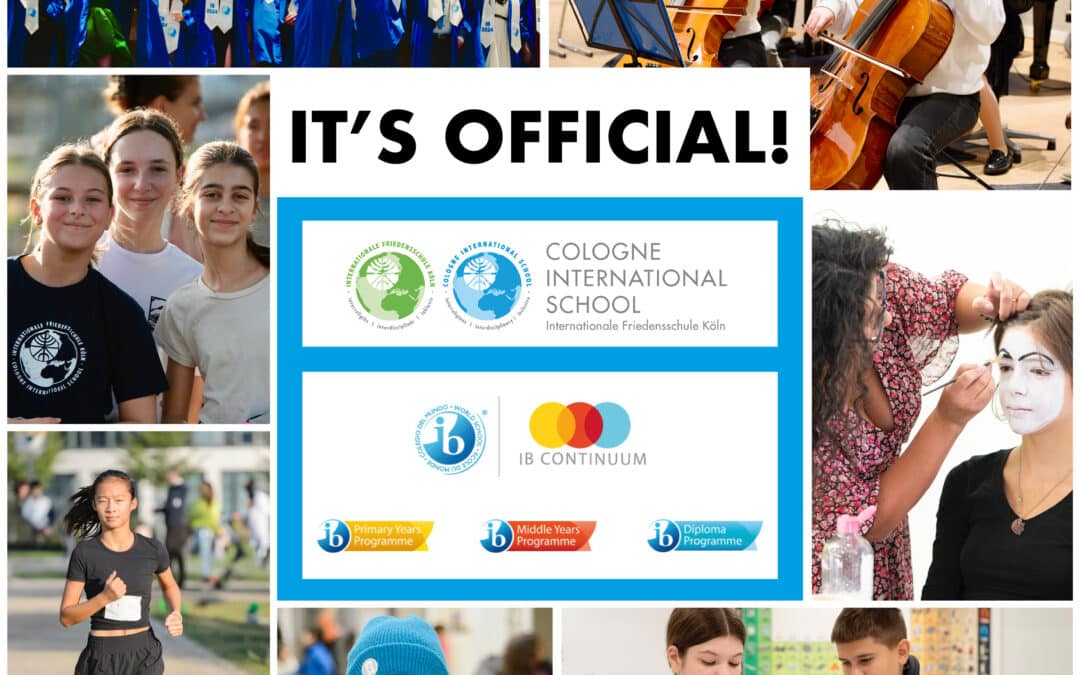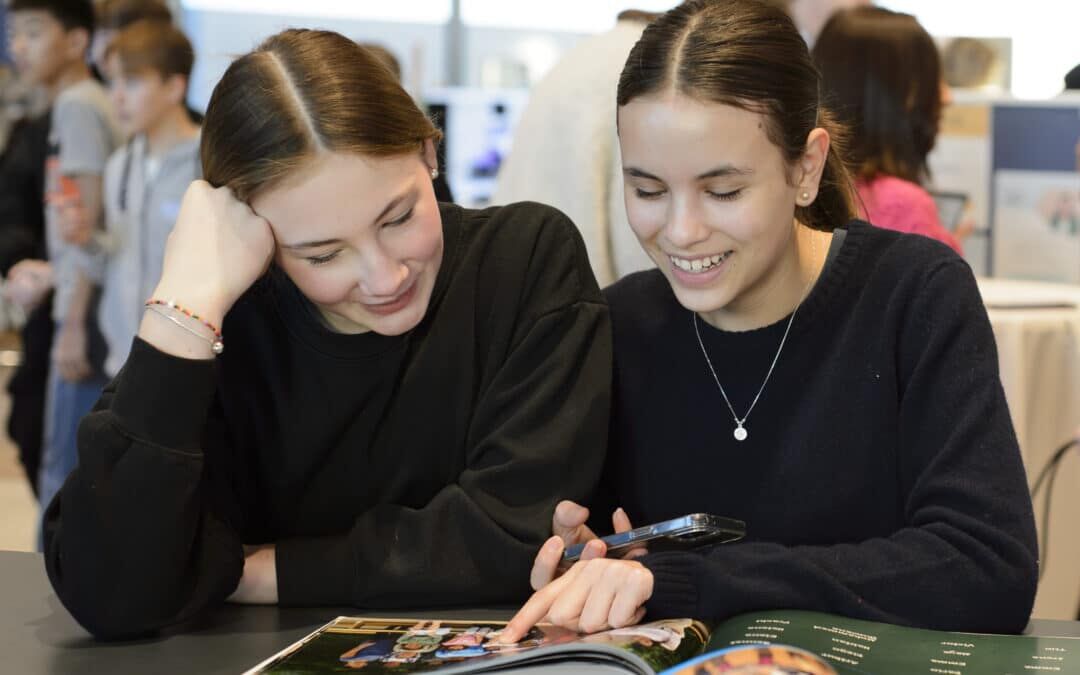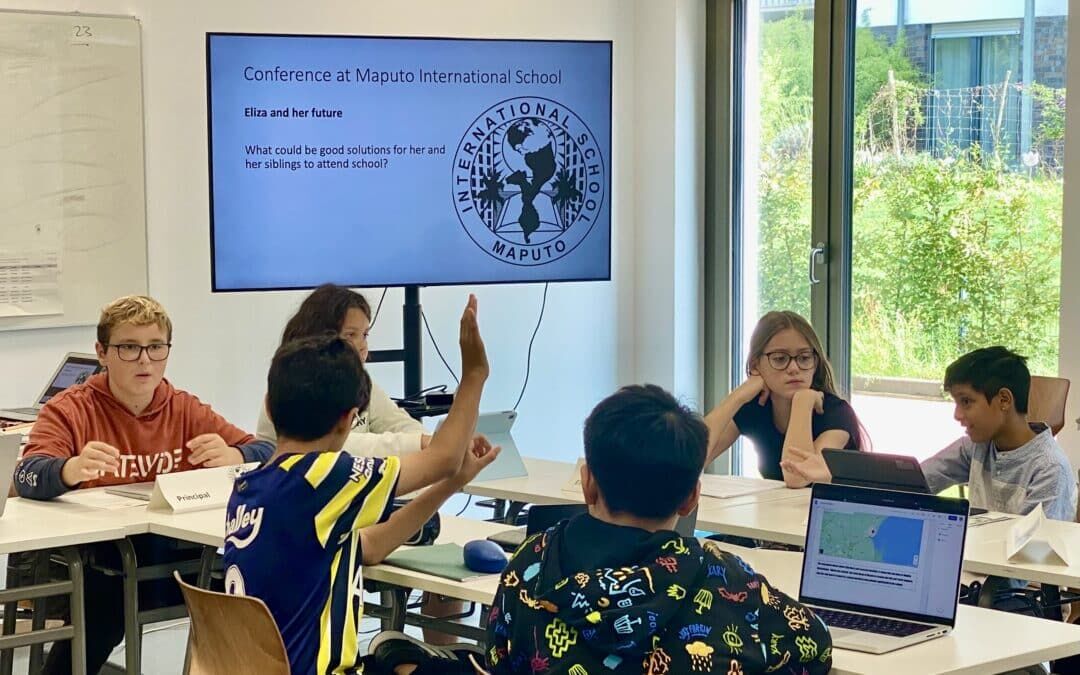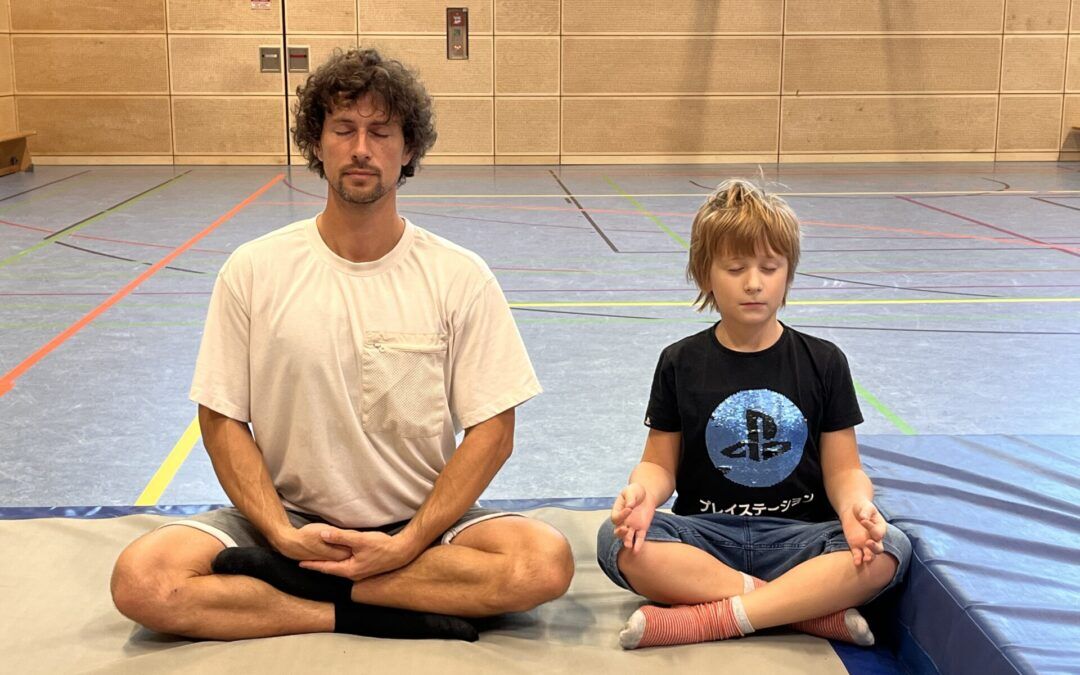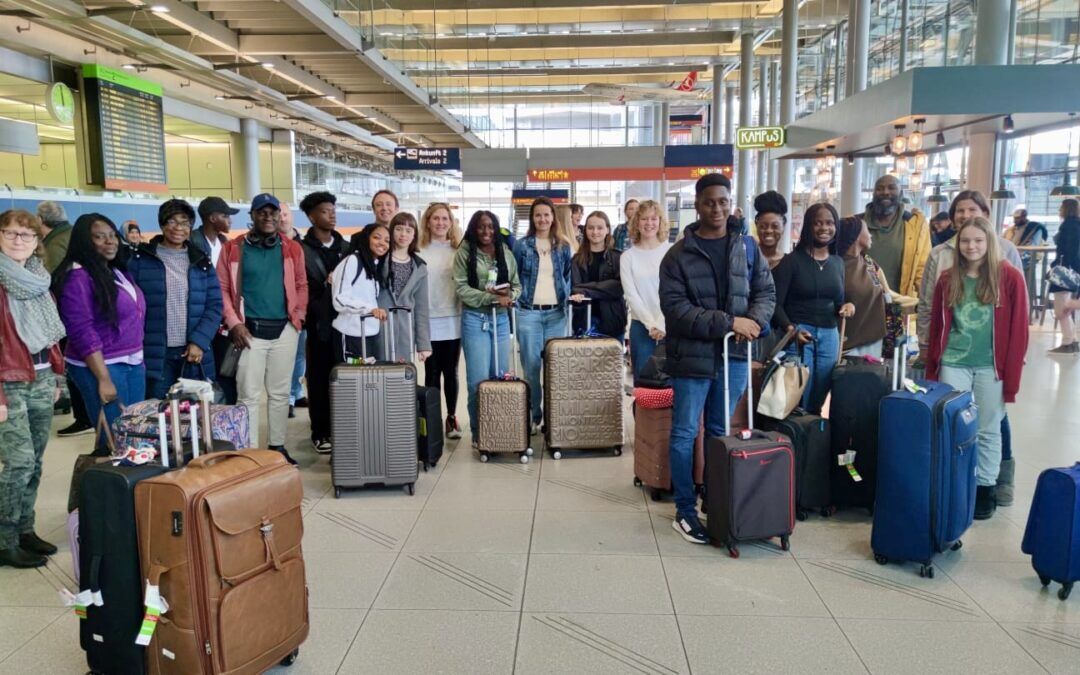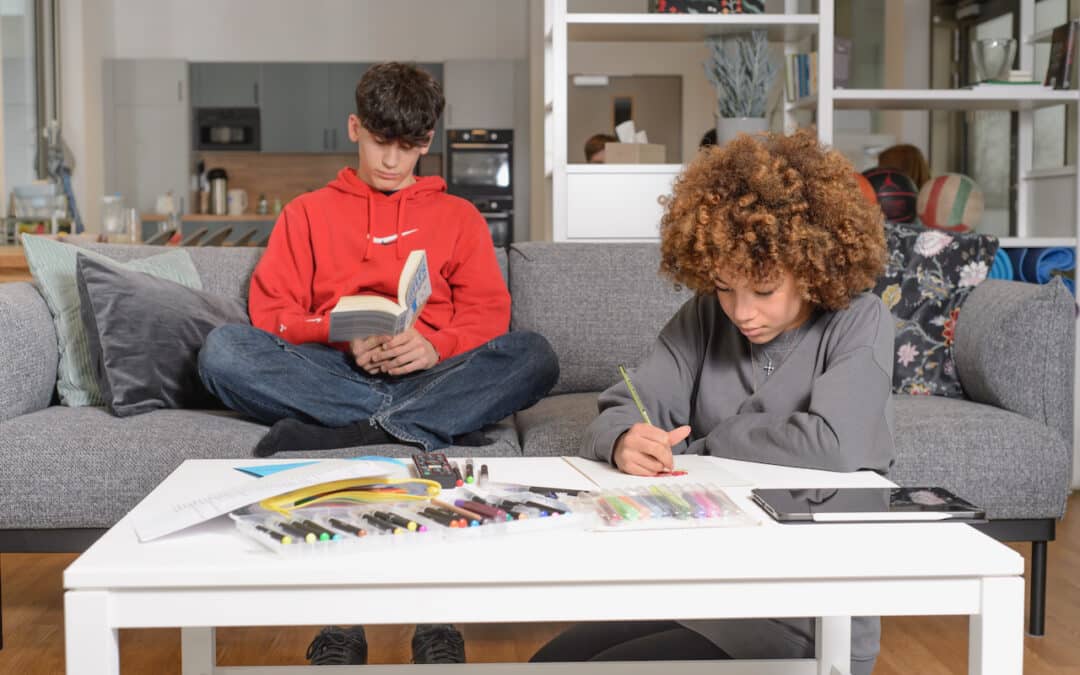Social and Emotional Learning at CIS/IFK
Primary students benefit from mindfulness lessons
Due to the pandemic, the reality of today’s schooling is based on remote learning with extensive exposure to the media on one side, and social isolation for our children on the other. The modern world is moving and changing faster, it’s becoming more stressful and also more distracting. Children are particularly sensitive to these influences, and they often don’t understand the potential dangers. Our students are now frequently experiencing sensory overload, they are having difficulties focusing their attention and are becoming increasingly anxious. How can we – carers, parents and teachers – best guide and support our children learn how to deal with these rapid changes and uncertain situations? By teaching our students mindfulness. It is challenging – it takes patience and practice – but when achieved, mindfulness provides a deeper sense of awareness and understanding. It fosters relaxation of mind in stressful situations and the feelings of stability and control.
What is mindfulness?
Mindfulness is essentially the practice of being present in each moment, creating a relaxed and aware state of mind. It’s about noticing and observing emotions and thoughts without judgment, viewing yourself from a place of compassion. Mindfulness is a particular way of paying attention. It is practiced with an attitude of curiosity and kindness. Anything can be done mindfully – it is about where and how we place our awareness.
Body and Mind for social-emotional well-being
As a yoga practitioner, mindfulness has been an important foundation in my life for years. I thought that if this practice could do powerful things in my life personally, then it might work for my students too. I wanted to bring it into our bilingual primary school, and integrate it into my professional field of counselling and social-emotional teaching. In December 2020, I started to give Body and Mind sessions to all grades (1-4) in our primary school on a trial-basis. The sessions contain elements of mindfulness practice, breathing exercises, yoga postures and relaxation.
The ways I use mindfulness practice in my sessions with children are through:
- Body scanning – children are led on a journey through their body from their toes to their heads, where they pay full attention to different parts of their body with many possible sensations and feelings
- Breathing exercises
- Mindful listening exercises
- Yoga movements – children are introduced to basic yoga poses
- Relaxation – at the end of each session, children are led into a visualisation with music and positive images to encourage positive energy and relief to the body and mind.
How mindfulness helps young children
Upon studying the brain research of mindfulness practice in children, I learned that frequent practice and accuracy leads to structural changes in the brain, allowing for many positive outcomes. Here are just some of the benefits of mindfulness practice:
- kindness
- patience
- compassion
- listening skills toward others
- increase in executive function
- better impulse control
- longer attention span
Studies have shown that mindfulness can be effective in helping children feel calmer, have higher self-esteem, and empathise with others. Students who practice mindfulness exhibit fewer behavioral and anger-management problems. You can read more about this on the Association for Mindfulness in Education website.
When I introduced our primary students to mindfulness through breathing exercises, most of them were fidgeting, giggling or shouting out – this was especially true with the first and second graders. The concept of calming their mind was very new to them. Now, many of them are so excited about the lessons – and they’ve seen such a positive change in themselves – that they ask me to give more!
I am really pleased with this outcome; I know we have done a great first step by introducing mindfulness practice to our primary school students. My professional goal is to increase the awareness and popularity of mindfulness throughout our whole school community – all of our students and teachers would certainly benefit from daily mindfulness practice.
Magdalena Menrad, Bilingual Primary School Counsellor
